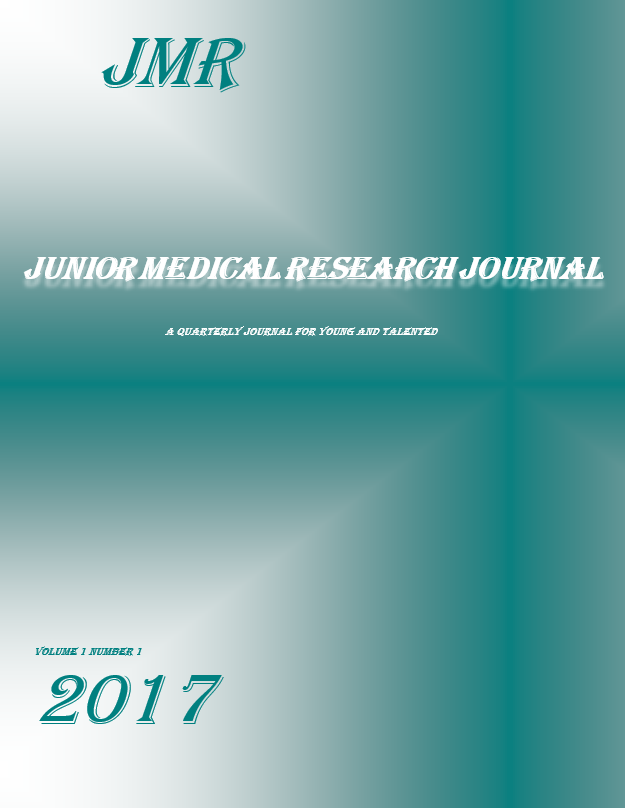Case Report
Neurogenic heterotopic ossification causing sciatic nerve entrapment in Children: a case report.
Heterotopic ossification (HO) is defined as the abnormal formation of mature, lamellar bone in soft tissues, often containing bone marrow. Neurogenic HO is seen after central and less frequently peripheral nervous system insult, including spinal trauma and traumatic brain injuries (TBI).
Mechanisms that lead to heterotopic ossification is unclear.The pathogenesis is assumed to depend on the transformation of mesenchymal to bone-forming cells in response to a variety of stimuli. Reports suggest that these stimuli are immobilization, microtrauma in muscles due to physiotherapy, spasticity of special muscle groups, disturbance of the protein and electrolyte balance, alteration of vasomotor outflow, circulatory stasis, and tissue hypoxia.
The prevalence of HO after spinal cord injuries is estimated at 20–25% and following traumatic brain injury (TBI) at 10–23% in adult population. It is however less frequent among children, estimated at 10% after spinal cord injury and varies from 3% to 14,4% after TBI . In clinical practice, it can cause pain and hinder the progress of functional outcome and can be the remaining cause of handicap.
Peripheral nerve entrapment has been reported only by few case reports, including radial, ulnar and sciatic nerves. All cases were to our best knowledge in adult population except one case reporting traumatic HO in the elbow (12). We report herein the first case of bilateral peritrochanteric neurogenic HO complicated by sciatic nerve entrapment after severe brain injury in a 4-year-old boy.




